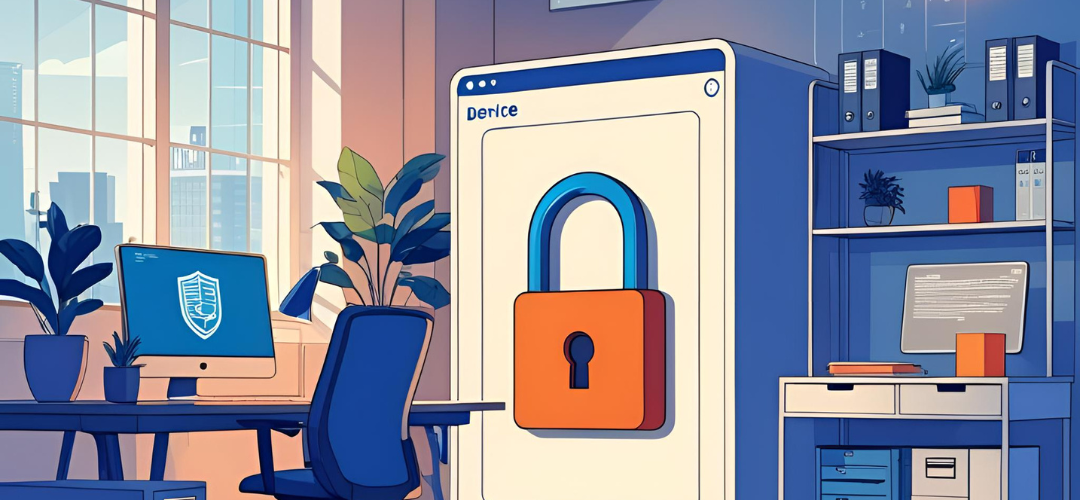In today’s digital age, data security is more critical than ever. Keeping your laptop secure can help protect sensitive information from unauthorized access, especially if you frequently deal with personal or professional data. Laptop manufacturers and operating systems offer various methods for securing data, and while device encryption is one option, many users may not fully understand how it works or how to manage it.
In your case, it seems that your laptop’s device encryption is enabled. However, you are unsure about the status of BitLocker, Microsoft’s full disk encryption feature. BitLocker not only encrypts data, ensuring that unauthorized users cannot access it, but it also offers recovery options if you ever need to regain access to your data.
Based on the information you’ve provided, you ran a series of commands and checks to determine the encryption status. Here’s a summary of your findings: the manage-bde-status command reveals that while your laptop’s storage is encrypted (100% encrypted), the protection status is “Protection Off,” meaning BitLocker is not actively protecting your data at this time. The absence of any key protectors further indicates that there is no recovery key set up currently.
Without a recovery key, if something happens to your laptop—such as a system failure or if you forget your password—obtaining access to your encrypted data can become impossible. Here’s what you can do to safeguard your data further:
- Enable BitLocker: Since your drives are encrypted but the protection is off, the first step is to enable BitLocker. This will ensure that your data is not just encrypted but actively protected. You can do this by going to the Control Panel → System and Security → BitLocker Drive Encryption, and then selecting the option to “Turn on BitLocker”.
- Generate and Save Recovery Key: When you turn on BitLocker, you’ll be prompted to create a recovery key. Make sure you save this key in a secure location, such as your Microsoft account, a USB drive, or a printed copy stored in a safe place. This key will be essential if you ever need to access your data without your primary password.
- Regular Backups: Ensure that you regularly back up your important data. Using an external hard drive or a cloud storage solution can provide an extra layer of security against data loss.
- Monitor Your System: Keep an eye on your system’s encryption status regularly. You can run the
manage-bde -statuscommand at intervals to check for any changes. - Consider Alternate Security Measures: If you are concerned about the level of encryption your current setup provides, consider looking into third-party encryption tools for added layers of security.
- Consult Documentation or Support: If you continue to experience confusion regarding your device encryption, check Microsoft’s official documentation for BitLocker or contact their support team for assistance.
By following these steps, you can ensure that your data remains safe and accessible, even in the event of hardware failures or personal missteps. Your data’s security should always be a priority, especially when dealing with sensitive information. Take these proactive measures to enhance your laptop’s security without unnecessary worry.





Add comment